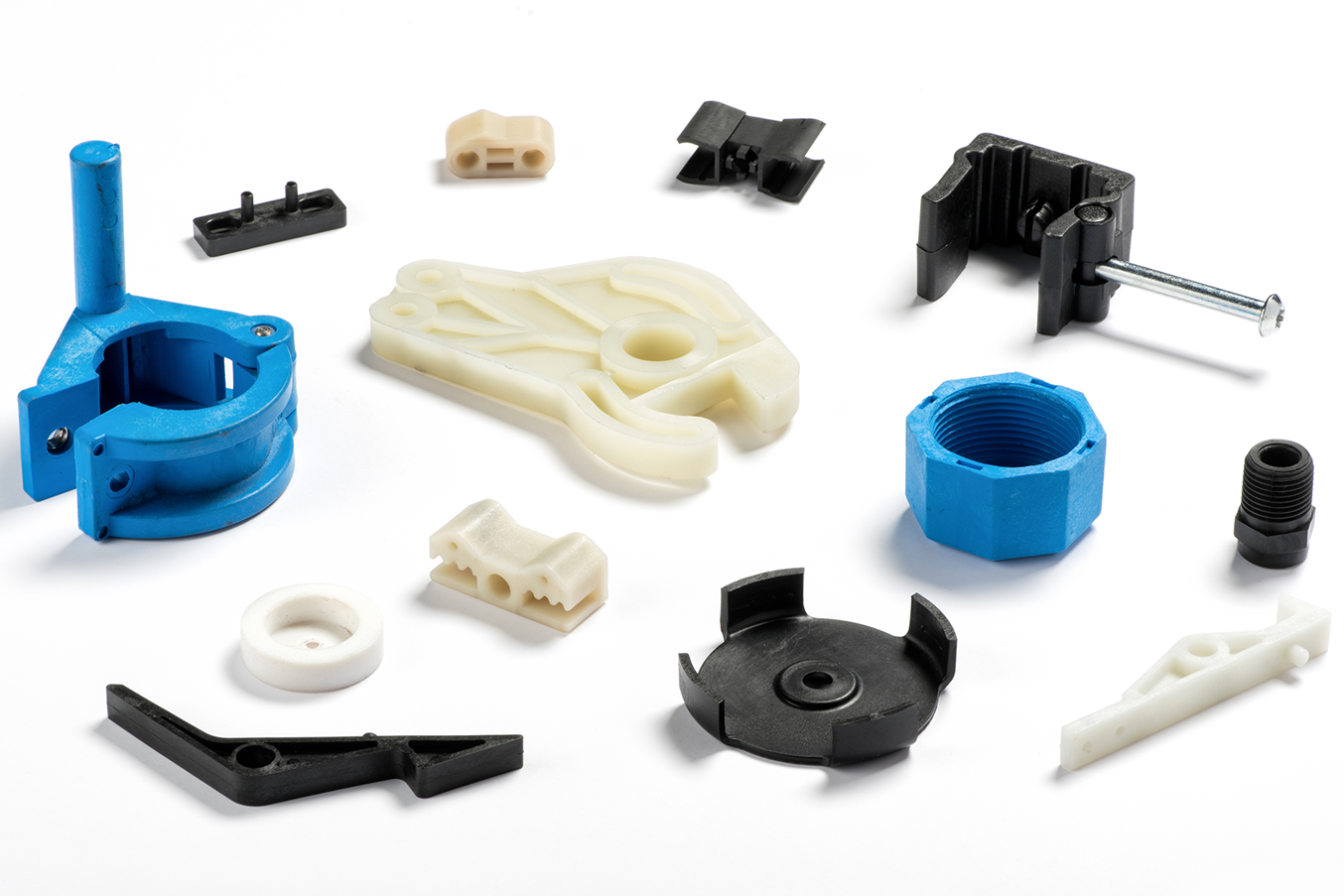Flame-retardant materials and UL-94V0 certification
UL-94V0 certification is an internationally recognised standard for fire safety testing of materials. It ensures that a material is self-extinguishing and has low flame spread in the event of a fire. This is particularly important in industries such as electronics, where highly flammable materials are used, and in the automotive and aerospace industries, where occupant safety is a top priority.
The certification gives manufacturers, developers and customers the assurance that the materials used meet strict safety standards and provide a high level of fire protection. Using flame retardant materials with this certification can minimise potential risks and create a safer environment.
High-quality components with UL-94V0 certification: PA2210-FR and Flame Retardant Resin
Interesting examples of these flame retardant materials are PA2210-FR, a polyamide 12, and the special Flame Retardant Resin from Formlabs.
PA2210-FR is an engineering plastic based on polyamide 12 (PA12) which is characterised by a high tensile strength of 41-46 MPa, high thermal resistance, flame retardancy, a melting temperature of 185 °C and low toxicity. This polyamide has a halogen-free chemical flame retardant, which gives it a flame-retardant effect. In the event of fire, a highly carbonising layer forms on the surface, insulating the underlying material and thus ensuring fire protection. In addition, it has a high chemical resistance and higher stiffness than unfilled PA12.
PA2210-FR is a high-performance material for 3D printing that meets the high safety requirements and the UL94-V0 fire protection standard. This makes it suitable for use in fire protection areas of all kinds, as well as in automotive engineering, aviation (e.g. ventilation ducts), construction or electrical engineering and electronics.
Formlabs Flame Retardant Resin consists of self-extinguishing and halogen-free SLA material certified to UL 94 V-0. In addition to flame retardant properties, it also offers excellent dimensional stability and surface quality, especially for applications in the electronics sector where low flame spread and low smoke emission are of great importance. The resin has a tensile strength of 46 MPa, a flexural strength of 41 MPa and a hardness of 87 Shore D. It can withstand temperatures up to 180 °C. It can withstand temperatures up to 180 °C and has a low linear shrinkage of less than 0.3 %. It offers a variety of benefits, including its heat-resistant and creep-resistant nature, as well as its ability to be rigid and functional. It can also withstand high stresses, making it ideal for use in harsh environments.







